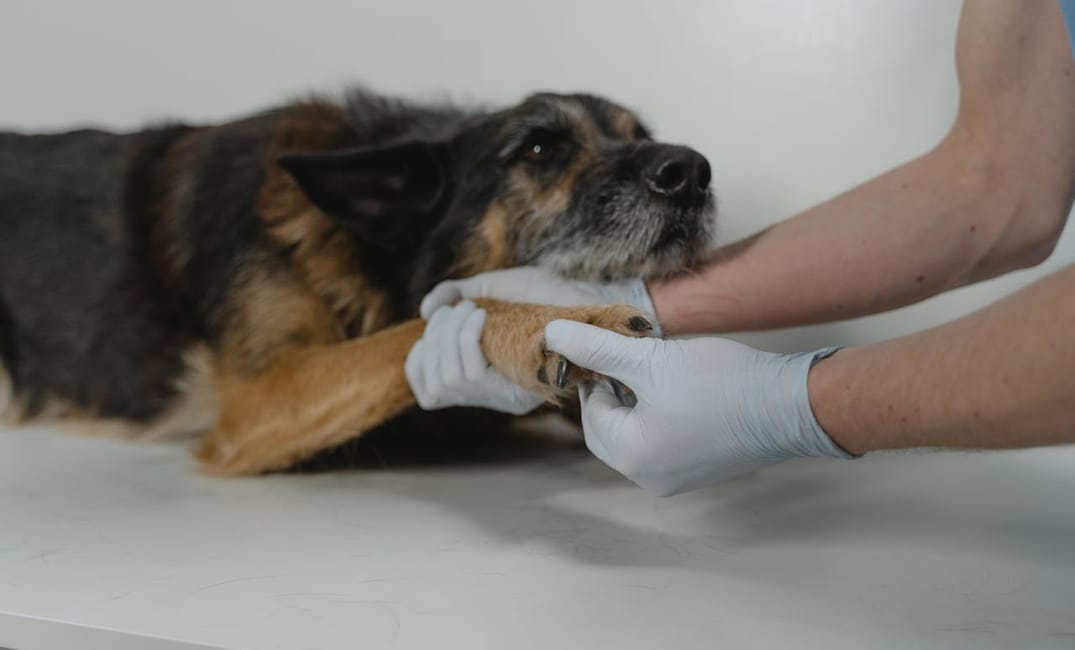Table of Contents
When dogs get older, they tend to mask their pain. It’s a survival instinct, one that can make it hard for even the most attentive pet parent to spot the signs. But just because they’re quiet about it doesn’t mean they’re not hurting. Learning to notice the small, subtle changes in behavior can make all the difference in catching pain early and helping your senior dog stay comfortable.
Here are 10 quiet signs your senior dog might be in pain.
1. Subtle Changes in Posture
If your dog stands with a hunched back or keeps their head lower than usual, they could be trying to relieve discomfort. Joint or muscle pain can affect how they carry themselves. You might notice a stiffness that wasn’t there before or hesitation when sitting or lying down.
2. Slower Movement
A once-eager pup who now lags behind on walks might not just be tired. Slowing down suddenly or frequently pausing could point to joint pain, arthritis, or even internal discomfort. Pay attention if this becomes a pattern.
3. Unusual Panting
Dogs pant for lots of reasons, heat, excitement, even stress. But excessive panting when it’s not hot or after minimal activity could indicate pain. This is especially important to note if your senior dog never used to do it.
4. Avoiding Touch
If your once-cuddly companion now flinches or pulls away when you pet them, especially in certain areas, it’s a red flag. Dogs may avoid touch if it hurts, even if they don’t yelp or whine.
5. Restlessness or Pacing
Pain can make it hard for a dog to get comfortable. If your senior dog keeps changing positions, pacing at night, or seems unable to settle down like they used to, it’s worth looking into.
6. Decreased Appetite
Pain can make food less appealing. Whether it’s dental pain or general discomfort, a drop in appetite, especially if your dog is normally food-motivated, is something to take seriously.
7. Licking or Chewing One Spot
Frequent licking of a paw, leg, or other area can signal underlying pain. Dogs do this instinctively to soothe discomfort, and it’s easy to miss if you’re not looking for it.
8. Sudden Grumpiness
Has your sweet old pup become snappy or withdrawn? Pain can make even the gentlest dogs irritable. If your dog starts growling, avoiding family members, or acting out of character, something deeper could be going on.
9. Shaking or Trembling
Shaking isn’t always cold-related. Trembling can be a physical reaction to pain, fear, or nausea. If your dog trembles while resting or without an obvious cause, it’s worth a vet check.
10. Changes in Bathroom Habits
If your senior dog starts having accidents indoors or seems reluctant to go outside, it might be due to discomfort. Straining, frequent urination, or avoiding certain postures can be related to pain, not just aging.
Trust your gut. You know your dog better than anyone. If something feels off, even if it seems small, it’s always okay to call your vet and ask. When it comes to senior dogs, those little signs matter more than we sometimes realize.

